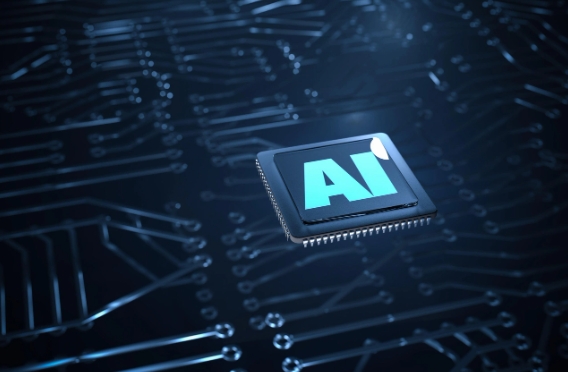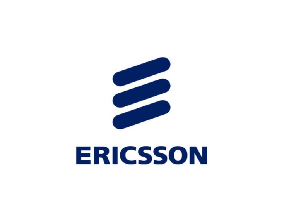MWC 2025 preview: Silicon implants, cloudy future and API days
It's that time of the year when the movers and shakers of telecom, their ranks counterintuitively swelled as job cuts tear through the sector, don their snazziest suits and prepare for several days of industry navel gazing in tapas-filled Barca. Yes, it's Mobile World Congress, which feels like it is looming just a few weeks after it last took place. Among this year's big talking points are whether 6G is worth bothering with; if the GSMA, MWC's long-time organizer, will still be reporting growth in attendance when everyone has been replaced by AI; and the outrageous price of accommodation in Barcelona at this time of year.
For this grizzled veteran, the following specific topics are also on the radar:
Silicon implants
Suddenly, everyone is a chipmaker. Never, it seems, have telcos and their suppliers been faced with such a bewildering choice of network silicon. For a long time, one of the big questions was if the industry would pivot from application-specific integrated circuits to more general-purpose silicon, facilitating the "cloudification" of the radio access network (RAN). But general purpose is no longer synonymous with Intel, or even x86. Arm, a rival architecture, is seen as a rising power in server and network chips, boosted by its hyperscaler licensees. Nvidia has thrown its graphics processing units (GPUs) into the ring. And yet the big network equipment makers look disinclined to give up a custom silicon role. Ericsson, notably, still insists that purpose-built chips will continue to be the most energy-efficient option for telcos in the future. Stay tuned as Light Reading aims to make sense of the latest developments at MWC.
AI RAN? Ay caramba
Run part of your RAN on those aforementioned Nvidia GPUs and sell artificial intelligence (AI) inference-as-a-service on the excess capacity. It's the ongoing pitch from the world's most highly valued chipmaker, currently worth about $3.4 trillion on the Nasdaq. Nvidia's estimate that telcos can generate $5 in revenues over five years for every $1 they invest has been ridiculed by some analysts, who point out that a telco stampede toward this market would rapidly drive down spot prices for inference. But what do telcos themselves think about what seems to be an AI-influenced attempt to resurrect ideas about edge computing? In the run-up to MWC, Cisco CEO Chuck Robbins told equity analysts on an earnings call that a "lot" of European telcos are "planning for AI edge applications." MWC seems a good place to find out more.
Telcos have a cloudy future
The public cloud in telecom has gone, well, hardly anywhere. After years of hype, barely a handful of operators runs any telco workloads in hyperscaler data centers shared with other hyperscaler tenants. where AWS, Google and Microsoft have made progress, it is usually by carrying their infrastructure platforms inside a telco's own facilities to address concerns about data sovereignty and service quality. But telcos also don't want to be "locked in" with a specific hyperscaler, unable to port applications to another platform. Sylva, an initiative overseen by the Linux Foundation, aims to avoid this via standardization in the all-important containers-as-a-service (CaaS) layer. Yet none of the hyperscalers appears active in Sylva. And there are lots of other platforms still in circulation, including those designed by telco vendors to go with their own applications as well as telcos' own efforts. Figuring out where this all leads will be one of the tasks for Light Reading at MWC.
Optical nerve
Turning up to the industry's biggest mobile show only to talk about optical networks surely takes some nerve, and yet optical experts from Huawei, Ciena, Nokia and Infinera – the optical specialist Nokia is due to acquire – are likely to be out in force at this year's MWC. The difference this year is that optical and related Internet Protocol (IP) technologies are suddenly a big AI-linked growth story. As data centers fill up with GPUs and other AI chips, demand for connectivity inside and between them is exploding. Outgoing Nokia CEO Pekka Lundmark, who will be succeeded by Justin Hotard of Intel in April, has promised to invest another €100 million (US$105 million) annually in Nokia's IP networking business with the aim of capturing an extra €1 billion ($1.1 billion) in sales by 2028, while Nokia's Infinera takeover is positioned partly as a big optical bet on the AI data center opportunity. Light Reading will be further digging into the topic and asking what it means for the mobile access network, too.
API days
"No one wants to see a 50-year-old guy hitting on chicks," said Allen Covert in The Wedding Singer as he explained why Happy Days was eventually cancelled (Henry Winkler, who played Fonzie, was actually 39 at the time). But does anyone still want to watch "API days," the similarly named and long-running telco show, in which an ageing telecom sector hits on developers? That's the big plan with the latest effort to standardize the application programming interfaces (APIs) between the 5G network and that apps that use it. It's a $300 billion opportunity, said consultants at McKinsey, before revising the figure down to $100 billion at a recent Ericsson event in London. It's a $9 billion opportunity from APIs with perhaps scope for additional revenues from usage, according to a more reasonable forecast by Omdia, a Light Reading sister company. Love it or hate it, API days will soon be screening at an MWC in Barcelona.





